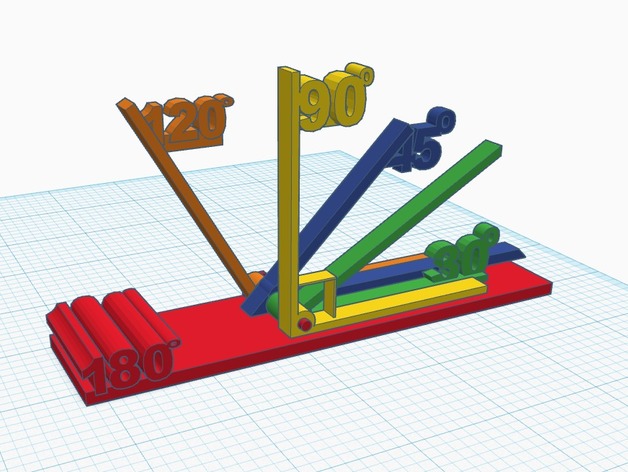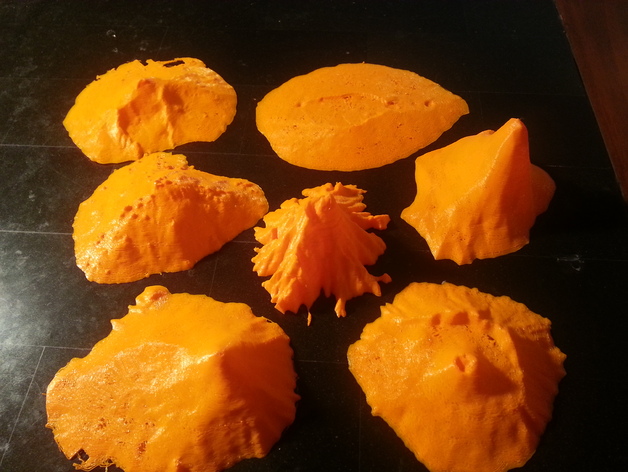Mount Olive High School (MOHS) in New Jersey, welcomes 33 MakerBot 5th Generation Replicator 3D printers to their existing Marauder Innovation Learning Lab (MiLL). A resource of such a size is usually reserved for higher-education in universities but the Department of Defense, who has been supporting education in the US since the end of WWII, and the local Board of Education saw ample potential to fund the MakerBot Innovation Center as part of the school’s existing 3D printing program. 3D printing has been implemented in MOHS since 2013 with thanks to a charitable donation of a 3D printer from the Josh and Judy Weston Family Foundation foundation, and the effort of design and engineering teachers Megan Boyd and David Bodmer.

MakerBot Education
MakerBot Innovation Centers are an initiative set up as part of the NY-based company’s education program that covers all the information needed when setting up and running a 3D printing Maker Space. In addition to their own resources, including a MakerBot 3D printing handbook and grant guide, MakerBot Education also links to project plans on Thingiverse, covering lessons in arts & humanities, history & geography, design technology, languages and even special ed.
A sample math lesson from Thingiverse involves a plan to help pupils design and print their own protractor to help them learn about angles.

Another example, this time in geography, is an alternate option to the traditional science fair ‘make your own volcano’ experiment.

The number of printers at MOHS means that students no longer have to wait several weeks for feedback on work, and can work as a whole class in the lab instead of singing up to use a single machine. In the last few months alone, students have printed 700 objects at the center, using problem solving, computer and design skills along with peer to peer collaboration.
Looking to the future
MOHS is the second high school to acquire a MakerBot Innovation Center and, as the world continues to put high value on the STEAM education, we can expect to see even more labs of this kind cropping up in schools for all ages.
The classroom is no longer reserved to rows of desks and a blackboard. Students and teachers are morphing (and 3D printing) education into a more faithful image of real life.
Features image shows a Makerbot Innovation Lab. Photo via: Makerbot.


